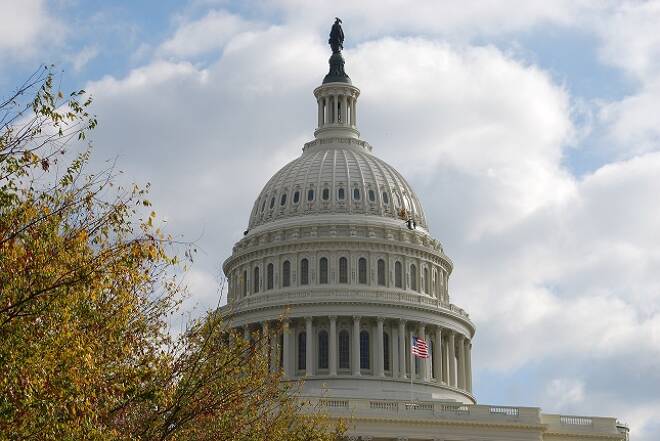Advertisement
Advertisement
President’s Day – Does that Spell Dollar Trouble?
By:
News hit the wires of the U.S President’s intentions to issue a new executive order on immigration, while this time the order is expected to take into
News hit the wires of the U.S President’s intentions to issue a new executive order on immigration, while this time the order is expected to take into consideration those in transit and also those holding Green Cards, removing the ambiguity from the first order that had shocked the markets, travellers and the Dollar.
With the U.S markets are closed for President’s Day, it was a rocky start to the day for the Dollar, the Dollar Spot Index falling 0.09% to an intraday low of 100.80, though the Dollar managed to make a recovery through the Asian session in the run up to the European open, with a bounce back against the Yen providing support, the Dollar Spot recovering to an intraday high of 100.98, with a widening in Japan’s trade deficit doing little to weigh on market risk appetite in the early part of the day as China and Hong Kong equity markets made a strong start to the week.
Trading will be on the lighter side through the U.S session, but the lack of volume will certainly not hold back any moves in the Dollar and, while the Dollar had shaken off the negative sentiment towards the U.S president’s intentions of executing a new immigration order, the recovery lacked conviction this morning with the Dollar Spot sitting in the red at the European open.
Even FOMC member Mester attempts to talk up the prospects of a March rate hike in the early part of the day has failed to direct the Dollar. Mester is a well-known hawk and for FOMC commentary to have a material impact on the Dollar, the markets will need to hear one of the more dovish members take a more hawkish position on a move next month, with Mester’s comments also having less influence than last year, now an alternative member of the Committee.
A lack of macroeconomic data through the day will leave the Dollar at the mercy of Trump and the administration, which has been a heavy burden for the Dollar to bare of late and the decision to delay tax reforms in the interest of healthcare reforms will likely continue to weigh on the Dollar. Perhaps appropriate with today being President’s Day, the administration having done a sterling job in pegging back the Dollar despite the hawkish FOMC sentiment in the air, though the markets will need to taking into account the possibility of a March rate hike ahead of the FOMC minutes out on Wednesday, which should provide the Dollar with some much needed support, though perhaps not on President’s Day.
For the major pairings it’s likely to be a mixed bag, with the pound likely to be considered oversold at the start of the week, following weak economic data through last week, which pulled back cable and any sentiment towards a rate hike in the coming months. But with the UK government expected to invoke Article 50 in a matter of weeks, the markets will be hard pushed to begin pricing in a rate cut over an expected weakening in retail sales at the turn of the year, particularly with inflation sitting just shy of the BoE’s 2% target.
At the time of the report, the Dollar Spot Index stood at 100.8, down 0.09% on the day, as the Dollar gave up earlier gains against the Yen going into the European session, there being little incentive for a Dollar rally ahead of the FOMC meeting minutes scheduled for release on Wednesday, with cable sitting at $1.2481, an intraday gain of 0.58%, with Dollar weakness and a pickup in appetite for the pound expected to provide support through the day.
About the Author
Bob Masonauthor
With over 28 years of experience in the financial industry, Bob has worked with various global rating agencies and multinational banks. Currently he is covering currencies, commodities, alternative asset classes and global equities, focusing mostly on European and Asian markets.
Advertisement
